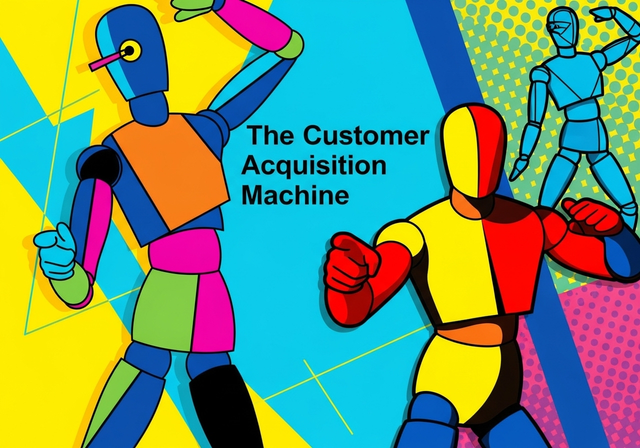Der Mythos des Autopiloten: Warum die vollautomatisierte Akquise ein Trugschluss ist
Die Vorstellung einer vollautomatischen Akquise-Maschine, die ohne menschliches Zutun Leads identifiziert, kontaktiert und zum Abschluss führt, ist verführerisch. Sie verspricht maximale Effizienz bei minimalem Aufwand. Doch gerade im anspruchsvollen B2B-Umfeld, wo es um komplexe Produkte, hohe Investitionen und langfristige Partnerschaften geht, ist dieser Ansatz zum Scheitern verurteilt. Der Grund liegt in der Natur der Geschäftsbeziehung. B2B-Kaufentscheidungen werden selten von einer einzelnen Person getroffen, sondern von einem Gremium, dem sogenannten Buying Center. Diese Entscheidungen basieren nicht nur auf Datenblättern, sondern auf Vertrauen, dem Verstehen subtiler unternehmerischer Herausforderungen und der Überzeugung, dass ein Anbieter die spezifischen Probleme wirklich lösen kann. Eine rein automatisierte Sequenz, die generische Nachrichten versendet, kann diese Ebene der Beziehung und des Verständnisses nicht herstellen. Im Gegenteil: Eine unpersönliche, roboterhafte Ansprache wird von Entscheidern schnell als solche erkannt und schadet der Reputation des Unternehmens. Sie signalisiert, dass der Absender sich nicht die Mühe gemacht hat, die individuelle Situation des potenziellen Kunden zu verstehen. Der Mythos des Autopiloten ignoriert, dass erfolgreiche Akquise ein Dialog ist, kein Monolog. Technologie kann diesen Dialog anbahnen und unterstützen, aber nicht die menschliche Fähigkeit zur Empathie, zur strategischen Beratung und zum Aufbau von Vertrauen ersetzen.


